This week’s “Around the Commercial Drone Industry” news round-up looks at the impact of tariffs on the drone industry, Sinclair Broadcast Group’s FAA approval to use drones for aerial news reporting, and new drone safety management software under development by NASA.
How Will Tariffs Impact the Drone Industry?
How will the new tariffs imposed by the Trump administration affect the drone industry? According to a report in Dronelife, “The tariffs on Chinese imports are expected to raise the cost of drones and accessories in the U.S., with DJI—the dominant player in the market—being particularly affected." Dronelife states that vehicles from the DJI Mavic series “could rise significantly as importers pass on tariff-related costs to consumers,” and that “accessories like batteries and filters may also see price hikes.”
Also, Reuters reports that the Chinese government has taken economic action that will impact American drone companies. China, Reuters says, has added 11 US firms “to the ‘unreliable entity’ list, which allows Beijing to take punitive actions against foreign entities.” The companies “include Skydio Inc. and BRINC Drones over arms sales to democratically governed Taiwan, which China claims as part of its territory.”
FAA Approves Drones Over People Flights for Sinclair Broadcast Group
According to a report from Virginia Tech, “Sinclair Broadcast Group became the first media group to meet a Federal Aviation Administration (FAA)-approved means of compliance developed by the Virginia Tech Mid-Atlantic Aviation Partnership (MAAP) for drone operations over people.” Under this arrangement, Sinclair can “fly unmanned aircraft systems (UAS) over individuals and moving vehicles for newsgathering without an FAA waiver.” The Virginia Tech announcement reports that all Sinclair drone pilots “undergo rigorous training” at MAAP, which is an FAA-designated UAS test site. This ensures pilots are equipped with advanced skills and knowledge in drone operations and safety procedures.
NASA Tests Drone Safety Management System
NASA reports that it is “testing a new software system to create an improved warning system – one that can predict hazards to drones before they occur.” The agency states that its “In-Time Aviation Safety Management System (IASMS) will monitor, assess, and mitigate airborne risks in real time.” According to NASA, “The IASMS adds an additional layer of safety for drones, assuring the reliability and trust if the drone is flying over a town on a routine basis that it remains on course while avoiding hazards along the way.”


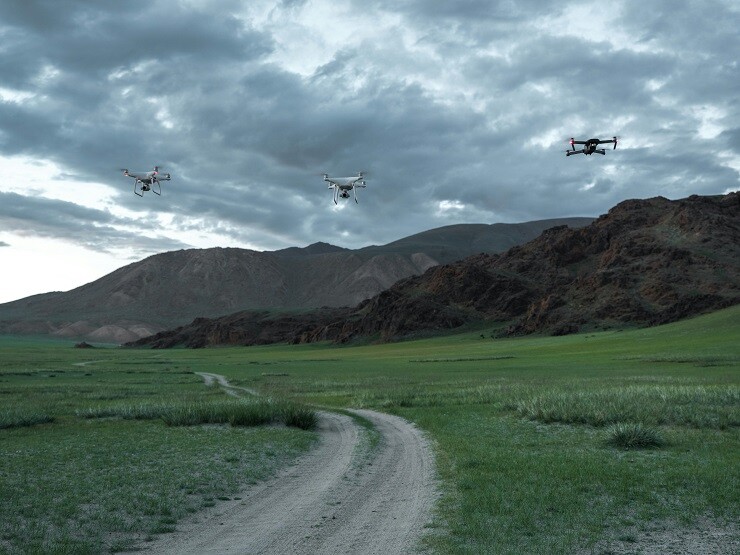


.png.small.400x400.png)
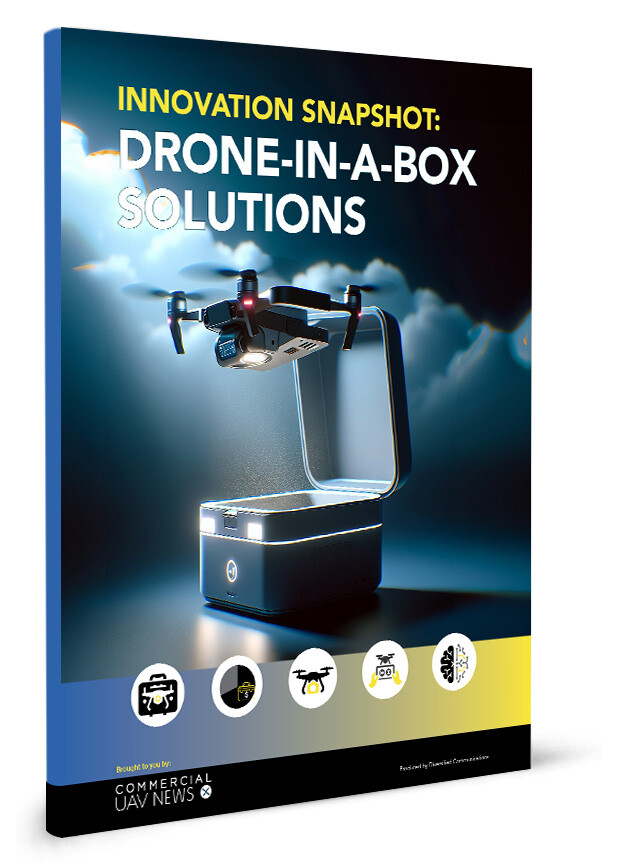

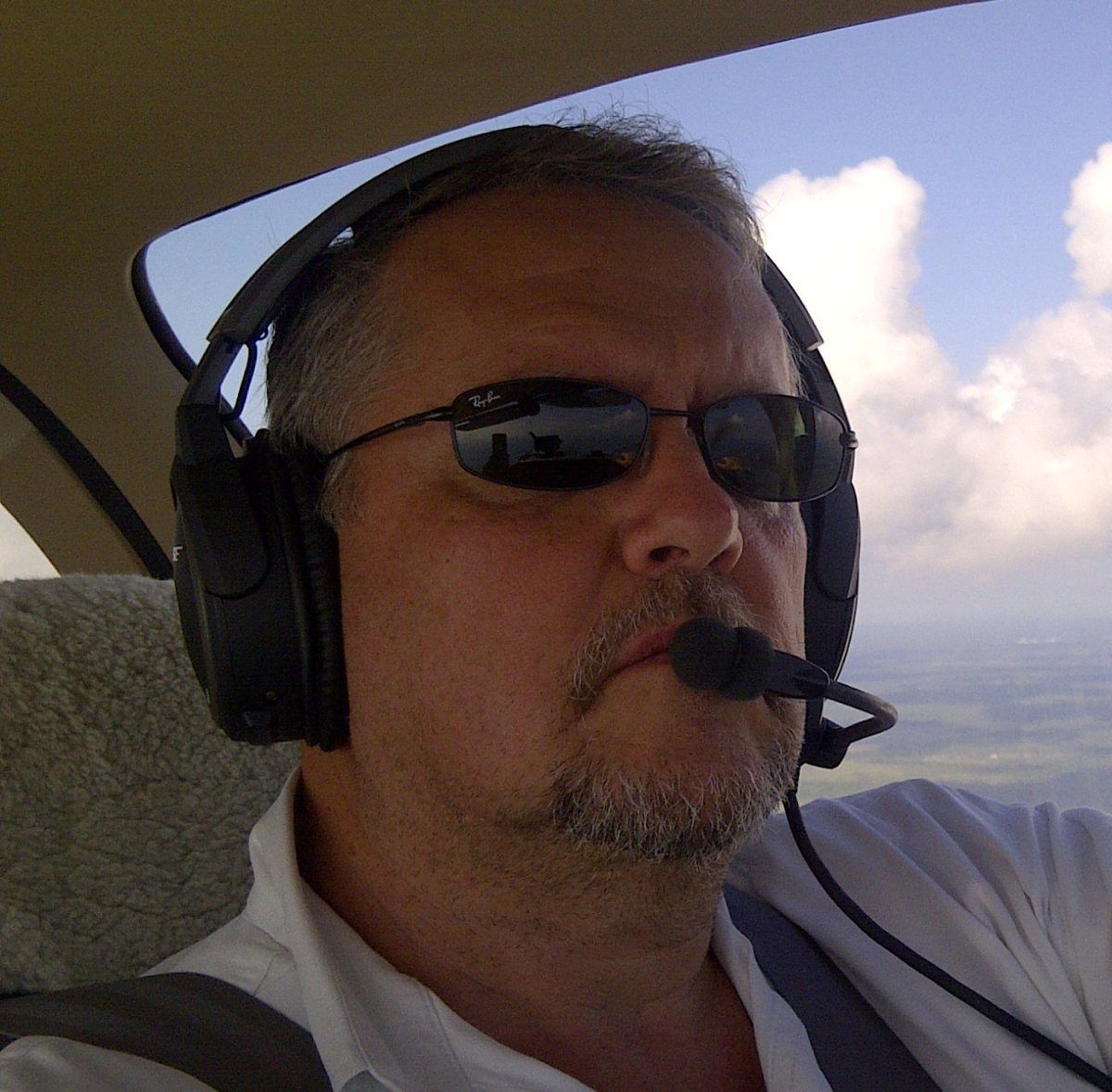



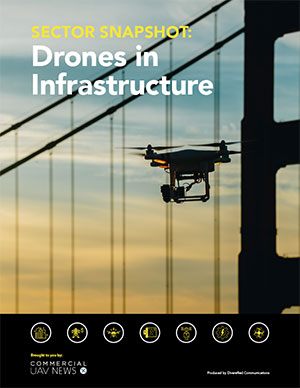
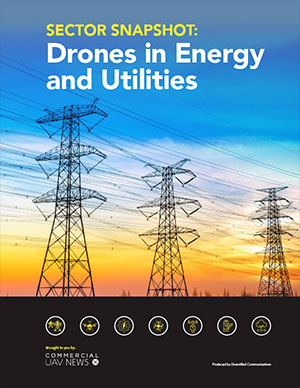
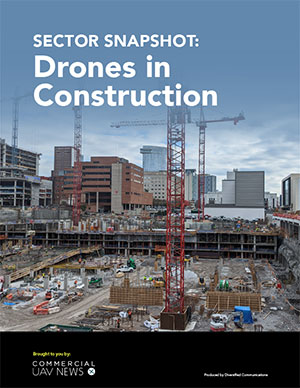
Comments